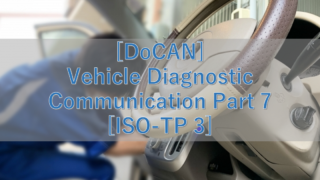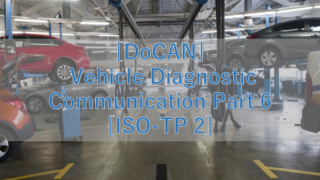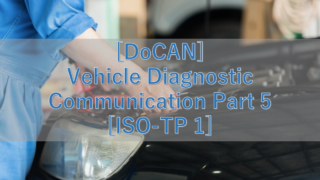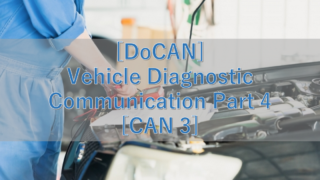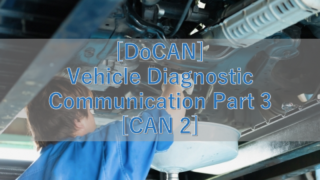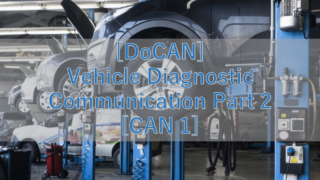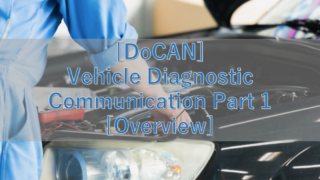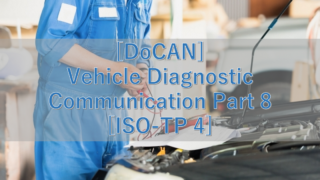 車両診断通信
車両診断通信 [DoCAN] Vehicle Diagnostic Communication Part 8 [ISO-TP 4]
CAN multiple frames can send/receive up to 4095 bytes.The parameter N_PCI is at the start of each frame, and there is a mechanism to concatenate the frames well.There are two main transmission methods depending on the number of data to be sent.If the number of data to be sent is 7 bytes or less, single frame transmission is used.If the number of transmitted data is 8 bytes or more, it is a multi-frame transmission.Multi-frame transmission has a mechanism to control the throughput by setting the CF transmission interval and the timing for receiving another FC with FC.
